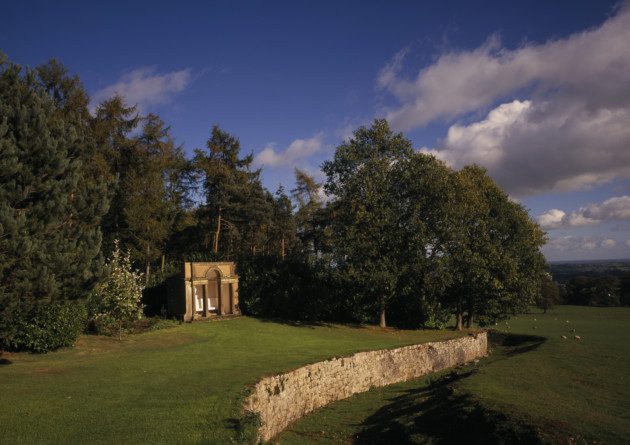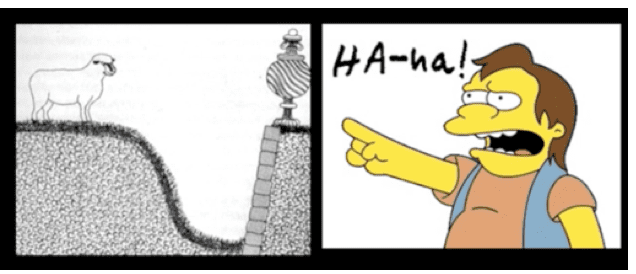By the 18th century, the picturesque movement had taken hold in England and Germany as people grew weary of the more rational ideas associated with the enlightenment. Picturesque inspired paintings, sculpture, and landscape design featured asymmetrical compositions, twisting pathways, groves of trees, and clusters of wildflowers that appeared unspoiled by modern technology. The idea of the nature hike, a foray into an unspoiled landscape where discovery of nature’s bounty large and small was available to the courageous wanderer became a popular pastime.
Of course, as with most things “natural and unspoiled,” a lot of planning was involved. The great landscape architecture movement was born at this time with able gardeners such as William Kent (1685-1748) and Lancelot “Capability” Brown (1716-83) forever changing the English landscape. With their keen eyes and intuition for design, Brown and Kent set out to alter the English landscape creating the famous garden culture it is today. One of their most famous features was to include a “ha-ha” into their designs. A ha-ha is a ditch dug into the border of the property so that cows could graze freely without wandering off into the neighbor’s fields, and without the disruption of an unsightly fence to hold them in. When viewed from a distance a person would exclaim, “why don’t those cows wander off?” Upon closer inspection (remember that nature hike), one would come upon the ditch, at which time they would exclaim ha-ha!





